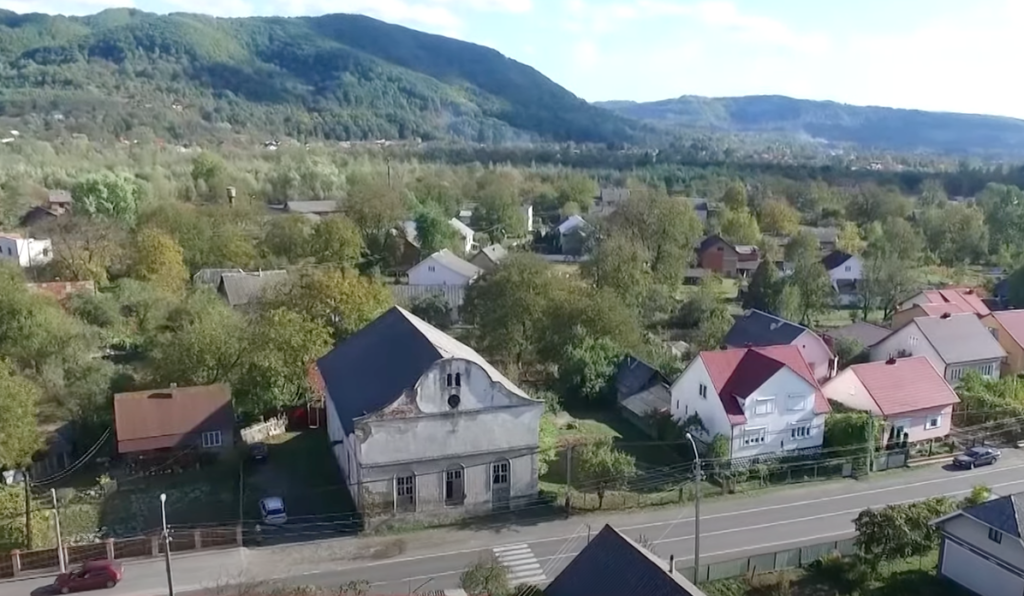History of Vilkhivtsi
Jews in Carpathian Ruthenia
The Jewish present in the region date back to the 16th century. They were fleeing from pogroms associated with Haidamak revolts in Ukraine.

Hungarian times
The village is situated in the region of Maramorosh in the historical Hungary until World War I.
The Jews who settled here were Yiddish speaking Ashkenazim. The vast majority belong to the ultra-orthodox hasidic tradition, Vilhitsvi became a home to several powerful Rabbinic dynasties – Vizhanitz, Spinka and Sieget-Satmar.
Czechoslovak state
With the collapse of Austria-Hungary in late 1918 the Subcarpathian Rus was incorporated into Czechoslovakia.
Under Czechoslovak rule Jews were for the first time recognized as a distinct nationality. In the 1921 and 1930 census is 87% and 93% of all Jews considered themselves to be Jews by nationality. It was the least assimilated Yiddish-speaking group in Czechoslovakia.
The Holocaust
With the destruction of Czechoslovakia in March 1939 the Subcarpathian Rus was annexed by Hungary. The Jews also witnessed and became concerned with the growth of the Ukrainian national movement, which reached its culmination during the few months of Subcarpathian autonomy (October 1938 – March 1939).
Beginning in 1939, Hungary imposed draconian laws banning Jews from going to school or from operating their businesses. Then in the summer of 1941, Hungarian authorities deported about 18,000 Jews from Carpathian Ruthenia to the Galicia region of Poland-Ukraine. Most of the deportees were immediately handed over to Nazi German Einsatzgruppen units at Kaminets Podolsk and machine-gunned over a three-day period in late 1941.
Those Jews fortunate enough to avoid the 1941 deportations faced further privations under Hungarian rule. Men of working age were conscripted into slave labor battalions (“Munko Tabor”) in which a high proportion perished. The remnant ultimately returned to their homes in time to suffer deportation to concentration camps after Germany occupied Hungary in 1944.
In April 1944, ghettos were set up in cities in Ruthenia. 144,000 Jews were rounded up and held there. Starting on May 15, 1944: 14,000 Jews were taken out of these sites to Auschwitz every day until the last deportation on June 7, 1944. With regard to the reaction to the deportations of the local Rusyn there are reports of intervention to save Jews as well as reports of cooperation with the Hungarian authorities.
Post World War II
After World War II the Carpathian Rus was removed from Hungary and annexed to the Soviet Union (USSR) as an inseparable part of the Ukrainian Soviet Republic. Following the collapse of the USSR the region became a part of Independent Ukraine in 1991.
All Jews who remained in the village emigrated to Israel and the United States during the 1970s. The last Jewish family emigrated to Israel from Vilkhivtsi in 1974.
